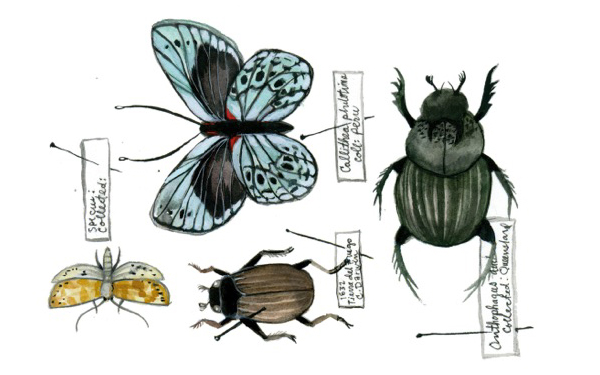A zoological specimen is an animal or part of an animal preserved for scientific use. Various uses are: to verify the identity of a (species), to allow study, increase public knowledge of zoology. Zoological specimens are extremely diverse. Examples are bird and mammal study skins, mounted specimens, skeletal material, casts, pinned insects, dried material, animals preserved in spirit and microscope slides. Natural history museums are repositories of zoological specimens
Birds and mammal specimens are conserved as dry study skins. The skin is removed from the specimen, treated with absorbents and filled with cotton or polyester batting (in the past plant fibres or sawdust). Projecting thin wooden supports inside the bird specimens allow handling.Preparators use owire to support the legs and tail of mammals.Labels are attached to a leg of the specimen with thread. Study skins may be dried with heat or chemicals.
Osteological collections consist of cleaned, complete and partial skeletons, crania of Vertebrates, mainly birds and mammals. They are used in studies of comparative anatomy and to identify bones from archaeological sites. Human bones are used in medical and forensic studies.
(From Wikipedia, June 2015)



